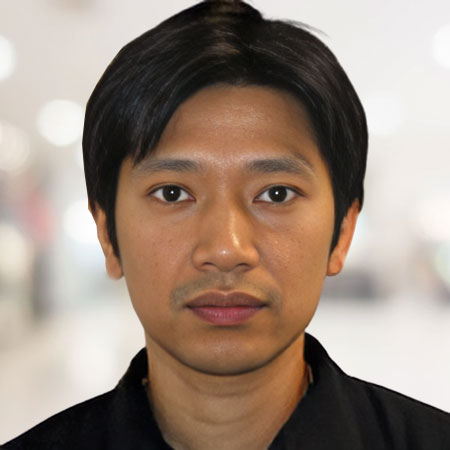Dr. See Hyoung Park
Senior ScientistSeoul National University Bundang Hospital, Korea
Highest Degree
Ph.D. in Comparative Pathology from University of California, USA
Share this Profile
Highest Degree
Ph.D. in Comparative Pathology from University of California, USA
Share this Profile
See-Hyoung Park currently works as principle investigator in Seoul National University, Graduate School of Convergence Science and Technology, Korea (South). He received his Ph.D. degree in 2009 from the Graduate Group of Comparative Pathology (GGCP) at University of California in Davis, where he received the Block Grant from GGCP that covered part of his tuition and fees. His prior work experience includes senior scientific researcher at Mogam Biotechnology Research Institute, one of the renowned Biotechnology Institutes and Dr. Mickey Hus laboratory in the Division of Gynecologic Oncology at Stanford University Medical Center and Stanford Cancer Institute as a Postdoctoral scholar. Dr. Park demonstrated the highest degree of enthusiasm in pursuing anti-cancer drug discovery using chemical genomics since he joined Stanford University, and he has identified a number of novel anticancer compounds based on his innovative drug-discovery strategies.
